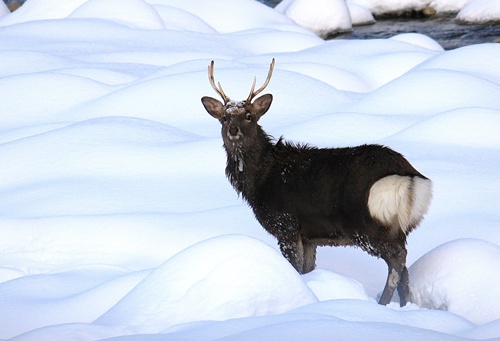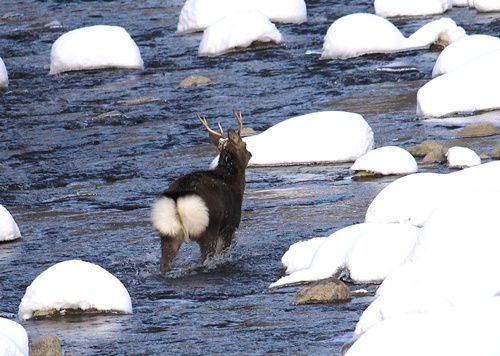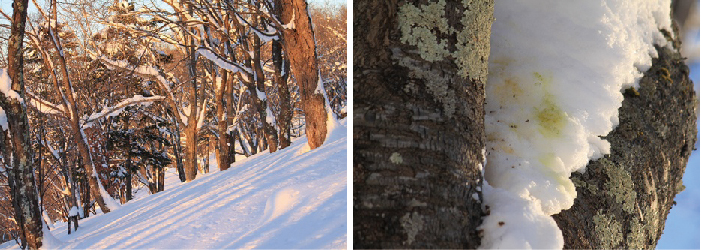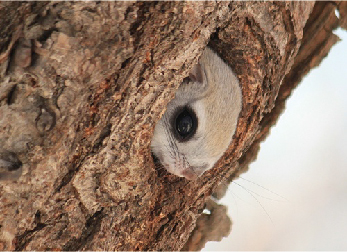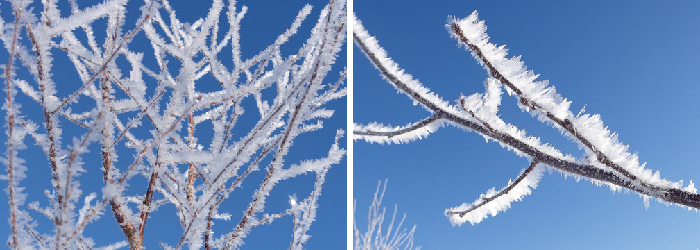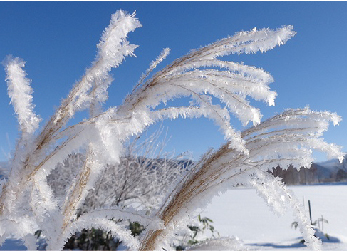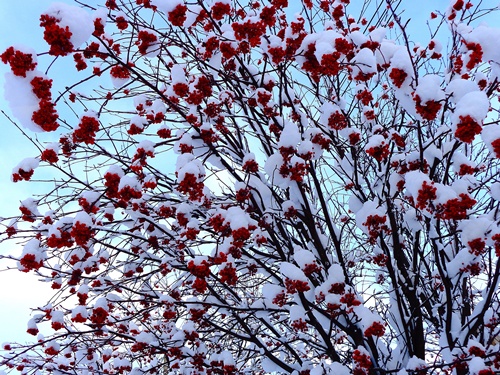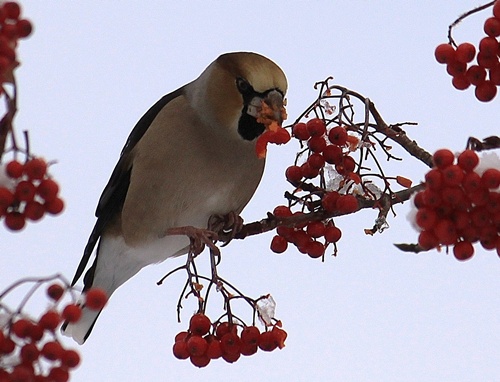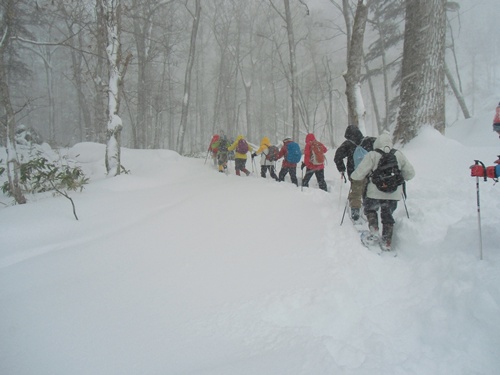I encountered a buck along the Ishikari River this morning.
Unfortunately, he dashed off the second he saw me.
Deer are wild animals, so they naturally run away whenever they see a human being. However, in the case of the Cervus nippon yesoensis, they have been hunted by people since ancient times, so it’s not at all surprising that the buck would turn and run.
Other than humans, another natural enemy of the Cervus nippon yesoensis is the snow.
They have a great deal of difficulty walking through deep snow on their slender legs.
The death rate among Cervus nippon yesoensis rises greatly during the winter months. Although the lack of food and low temperatures are thought to play a role here, the rate goes even higher in years of heavy snow.
Photos: Cervus nippon yesoensis buck Dec. 20
Unfortunately, he dashed off the second he saw me.
Deer are wild animals, so they naturally run away whenever they see a human being. However, in the case of the Cervus nippon yesoensis, they have been hunted by people since ancient times, so it’s not at all surprising that the buck would turn and run.
Other than humans, another natural enemy of the Cervus nippon yesoensis is the snow.
They have a great deal of difficulty walking through deep snow on their slender legs.
The death rate among Cervus nippon yesoensis rises greatly during the winter months. Although the lack of food and low temperatures are thought to play a role here, the rate goes even higher in years of heavy snow.
Photos: Cervus nippon yesoensis buck Dec. 20
